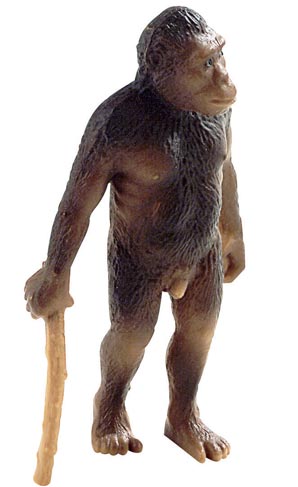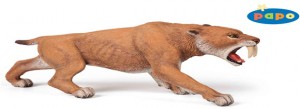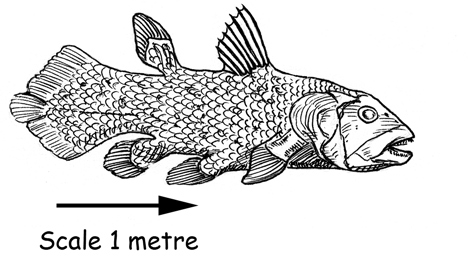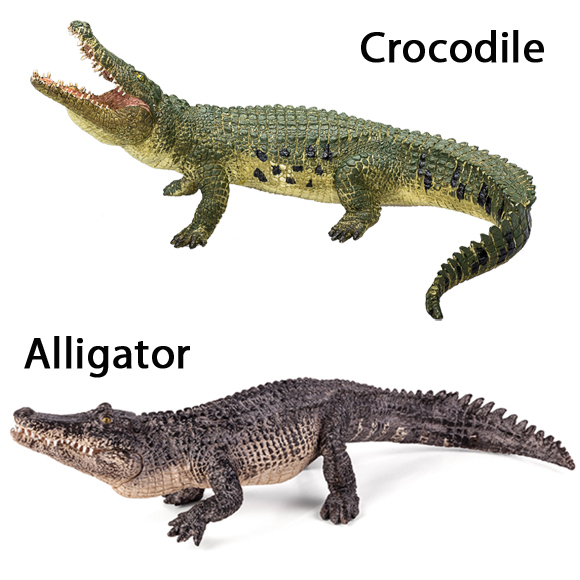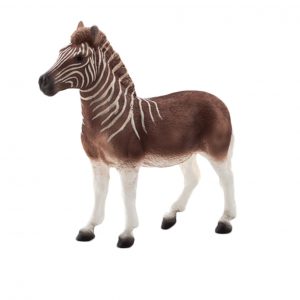News stories and articles that do not necessarily feature extinct animals.
America’s Oldest Artwork Described in New Study
Ancient Elephant Carved into Bone – Could be Three Times Older than Stone Henge
Scientists describe what could be America’s oldest artwork.
A small piece of fossilised animal bone, with a carving of a prehistoric elephant scratched onto the surface could be the oldest example of artwork found to date in the USA. Researchers from the University of Florida have suggested that this carving could date from as early as 15,000 years ago, making this relic many thousands of years older than the Egyptian pyramids and perhaps up to three times older than Stone Henge.
America’s Oldest Artwork
James Kennedy, an amateur fossil collector from Vero Beach, a holiday resort on the Atlantic coast of Florida was cleaning and inspecting his collection when he discovered the small carving a Mastodon on a piece of fossilised animal bone. This relic could present tangible evidence that early human settlers lived in Florida, sharing their environment with huge prehistoric elephants and Sabre-toothed cats. Already, one anthropologist involved in analysing the artefact has dubbed this fossil as the “oldest, most spectacular and rare work of art in the Americas.”
The piece of bone looks fairly innocuous at first glance, we ourselves at Everything Dinosaur have seen lots of bone fragments such as this, partially permineralised fragments of bone from river channels and such like that would date from the very late Pleistocene. However, as James Kennedy cleaned and studied this piece of bone he was amazed to see that there was a carving of a prehistoric elephant on it.
The close up picture of the fossilised bone shows the faint outline of a prehistoric elephant with a pair of large tusks. The head is at the right hand side of the picture.
The carving in the picture has been highlighted in red ink by Everything Dinosaur team members to reveal the outline of the prehistoric relic.
Visit Everything Dinosaur’s website for prehistoric animal themed craft ideas: Dinosaur Toys and Gifts.
Scientists at the University of Florida studied this artefact, not with the intention of dating it accurately, but initially in a bid to see whether the carving was a fake. It had been thought that the engraving had been scratched onto the fossil bone very recently but tests showed that the fossil and its carving were the same date.
Scanning Electron Microscopy
Scanning electron microscopy allowed the researchers to examine the carving minutely. Marks were made on the fossil and then compared to the engraving to help prove conclusively that the engraving was genuine. All the tests indicated that this was the real thing, and that sometime between 13,000 and 15,000 years ago a person carved the image of a Mastodon into the bone.
Retired professor Barbara Purdy, a specialist in anthropology at the University of Florida commented:
“the exact age [of the object] is less important than what the artefact tells us about early humans. The detail of the artwork itself suggests that the artist saw a Mastodon up close.”
The scientists are concerned that this ancient relic may be lost to the public forever as James Kennedy plans to auction the fossil instead of donating it to a museum.


